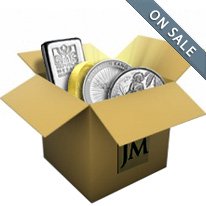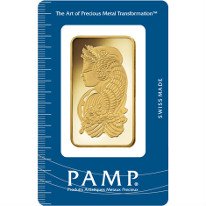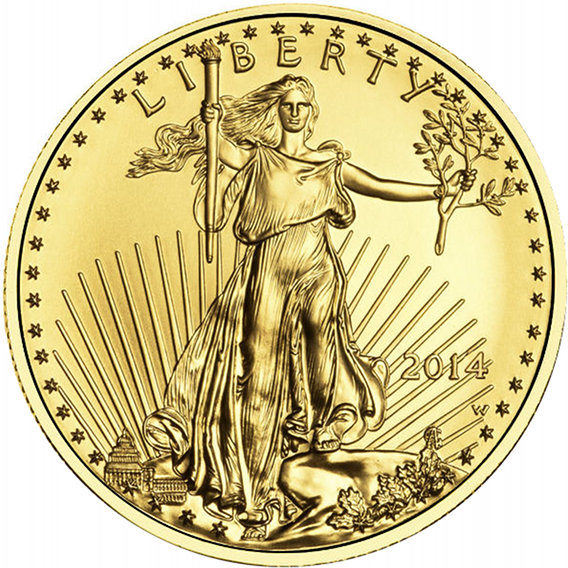Free Gold Price Widget For Your Website
This feature is only supported in the desktop browsers. Please visit this page in your desktop browser to retrieve the widget.
Share live gold prices with your website followers or on your blog, using our free gold price widget. To get started, please select one of the size dimensions from the drop-down menu below, and copy the code from the Widget Code text box and paste it into the desired position in your page. If you have any trouble, please contact us at support@jmbullion.com.
Widget Preview
Widget Code
Gold Prices in Malaysian Ringgit
Gold is traded all over the globe, and while it is often quoted in U.S. Dollars, the metal may be bought or sold using any currency. If you are looking to buy or sell gold in Malaysia, you would likely see the price of gold quoted by the ounce, gram or kilo in the local currency. Gold may also be quoted in one or more other major currencies such as U.S. Dollars or euros.
The Malaysian Ringgit is issued by the Bank Negara Malaysia. Like many other global currencies, each ringgit may be subdivided into 100 smaller units of currency known as sen, or cents.
The Malaysian Ringgit gets its name from an obsolete use of the word ringgit meaning “jagged.” This is in reference to the serrated edges of silver Spanish dollars that were widely used in the area during the Portuguese colonial era in the 16th and 17th centuries.
The Malaysian Ringgit was formerly pegged to the dollar, but that practice came to an end in 2005 when China ended its renminbi peg to the U.S. Dollar. Malaysia now allows the ringgit to operate in a managed float against several currencies. The Malaysian currency has not been tradable outside of Malaysia since 1998. The ringgit is vulnerable to bouts of volatility, and can be significantly affected by volatility in Chinese markets due to the fact that China is Malaysia’s largest trading partner.
Gold Pricing in Malaysian Ringgit
Gold may be quoted and transacted in Malaysian Ringgit by the ounce, gram or kilo. As a global commodity market, the price of gold is traded all over the world, and an ounce of gold in Asia is the same as an ounce of gold in Canada. The gold market, regardless of what currency it may be traded in, is potentially affected by numerous factors. Some of the primary influences on the global price of gold may include:
- Central bank activity
- Interest rates
- Inflation
- Geopolitics
- Investment demand
- Currency markets
Gold may be purchased by both central banks and individual investors alike for its potential to add further portfolio diversification. Gold may also help protect purchasing power in the face of declining paper currency values, and may also potentially provide a meaningful hedge against inflation.
Kijang Emas
The Malaysian Kijang Emas is the official gold bullion coin of Malaysia. It was first issued in 2001, and is minted by the Royal Mint of Malaysia. This gold coin is minted with .9999 percent fine gold, and comes in various weights including ¼, ½ and one ounce.
The coin’s obverse features a design of a barking deer (kijang) in the Malaysian jungle. The coin’s reverse features the hibiscus, the national flower of Malaysia.
Malaysia is one of just a handful of countries that mints its own bullion coin. This coin could be compared to the Canadian Gold Maple Leaf or American Gold Eagle.
Malaysian Economy
The Malaysian economy is one of the largest in Asia, and is a newly industrialized market economy. The Malaysian economy is both highly diversified and highly competitive. Malaysia is a significant exporter of palm oil products, and it also exports oil from offshore fields.
Malaysia has received high marks for ease of doing business, and the country is one of the most attractive for foreign investors.
Malaysia is heavily involved in industry, with much of the country’s workforce involved in the production of electronics and electrical components. Malaysia is also one of the largest producers of photovoltaics.
Malaysia also has a robust tourism business, attracting significant amounts of tourists to tour its various attractions.
As the Malaysian economy continues to grow and become more advanced, the demand for gold could potentially rise. According to tradingeconomics.com, the Malaysian central bank held 36.39 tonnes of gold as of the third quarter of 2016. Like other global central banks, the central bank of Malaysia holds gold bullion to diversify its reserves and add credibility to its currency.
World Gold Prices
- Arab Emirates Gold Price
- Australia Gold Price
- Brazil Gold Price
- Canada Gold Price
- Chile Gold Price
- China Gold Price
- Czech Republic Gold Price
- Denmark Gold Price
- Europe Gold Price
- Hong Kong Gold Price
- Hungary Gold Price
- India Gold Price
- Indonesia Gold Price
- Israel Gold Price
- Japan Gold Price
- Malaysia Gold Price
- Mexico Gold Price
- New Zealand Gold Price
- Norway Gold Price
- Pakistan Gold Price
- Philippines Gold Price
- Poland Gold Price
- Russia Gold Price
- Singapore Gold Price
- South Africa Gold Price
- South Korea Gold Price
- Sweden Gold Price
- Switzerland Gold Price
- Taiwan Gold Price
- Thailand Gold Price
- Turkey Gold Price
- United Kingdom Gold Price
- United States Gold Price










